Undergraduate Research Experience Publications
The Undergraduate Research Experience provides community college students with an opportunity to join a lab and help support a faculty mentor with a research project. In some cases, URE participants make a valuable contribution to the project, and are added as co-authors when the work is published.
Have you published recently?
We encourage URE students and their faculty mentors let us know about their accomplishments! Please complete the form below to let Project RAISE know about any recent publications or conference presentations.
The following published articles include contributions from URE participants. Authors' names have been boldened to indicate their participation in the Undergraduate Research Experience. URE faculty mentors are noted with *.
Synthesis and evaluation of isoquinolinyl and pyridinyl-based dual inhibitors of fatty acid amide hydrolase and soluble epoxide hydrolase to alleviate orofacial hyperalgesia in the rat
Daniel Carr, Siena Gunari, Gabrielle Gorostiza, Madison Mercado, Lucy Pavana, Leah Duong, Karen Gomez, Steve Salinas (URE24), Coral Garcia, Amanda Tsang, Christophe Morisseau, Bruce D. Hammock, Stevan Pecic*, Ram Kandasamy
Biochemistry and Biophysics Reports, Volume 42, June 2025, 102009
Abstract
The treatment of orofacial pain disorders is poor. Both opioids and serotonin agonists are commonly used; however, they produce dangerous and unpleasant side effects.
Therefore, there is an urgent need to identify new pharmacological treatments that can resolve orofacial pain. Moreover, a treatment that engages multiple mechanisms using one compound may be advantageous. Fatty acid amide hydrolase (FAAH) and soluble epoxide hydrolase (sEH) are two enzymes that can regulate both pain and inflammation via independent pathways. Small molecules that inhibit both enzymes simultaneously were previously synthesized and produced antinociception in vivo . Quinolinyl-based dual inhibitors of FAAH and sEH can inhibit acute inflammatory pain in rats. Here, following on these findings, we generated 7 new isoquinolinyl- and 7 pyridinyl-based analogs and tested their inhibition at both enzymes. Structure-activity relationship study coupled with docking experiments, revealed that the isoquinoline moiety is well-tolerated in the binding pockets of both enzymes, yielding several analogs with nanomolar activity in enzymatic assays. All newly synthesized analogs were assessed in the solubility assay at pH 7.4, and we determined that isoquinolinyl- and substituted pyridinyl-analogs exhibit limited solubility under the experimental conditions. The most potent inhibitor, 4f , with IC 50 values in the low nanomolar range for both enzymes, was evaluated in a plasma stability assay in human and rat plasma where it showed a moderate stability. Primary binding assays revealed that 4f does not engage any opioid or serotonin receptors. A high dose (3 mg/kg) of 4f reversed orofacial hyperalgesia following pretreatment with nitroglycerin and orofacial injection of formalin; however, this same dose did not inhibit acute orofacial inflammatory pain or restore pain-depressed wheel running. These findings indicate that simultaneous inhibition of FAAH and sEH using isoquinolinyl-based dual inhibitors may only reverse certain components of orofacial hyperalgesia.
Title:

Dennis D. Nguyen, Mara J. Milhander, Elizabeth M. Hitch (URE17), Dmitri Leo M. Cordova, Jose L. Gonzalez Jimenez, Juana Mora, Daniel Sandoval, Maxx Q. Arguilla, Allyson M. Fry-Petit*
ACS Materials Au, April 17, 2025
Abstract
Oxygen transport membranes find broad usage in
many technologies, but due to the harsh conditions under which
such
technologies
operate,
detailed
structural
analysis
under
operational conditions has been limited. This work details the
in
situ
neutron and synchrotron diffraction of the industrially relevant
family of compounds, La0.9Sr0.1Co1−yFeyO3−δ
(
y
= 0, 0.25, 0.75, 1),
under reductive and oxidative conditions at elevated temperatures
ranging from 723 to 1123 K. Quantitative Rietveld refinements
determine the molar fraction of all crystalline intermediates and
products that form during the reactions of La
0.9
Sr
0.1
Co
1
−
y
Fe
y
O
3
−
δ
(
y
= 0, 0.25, 0.75, 1) with methane and then air. Coupling
in situ
diffraction analysis with catalytic product analysis of the partial
oxidation of methane allows for the catalytically active phases to be
determined. This work shows the strength of
in situ
diffraction under extreme conditions and the insights it can give about reactions
in the solid state that have previously been elusive.
Comparison of available methods to evaluate cefiderocol susceptibility in acinetobacter spp
Fernando Pasteran, Olivia Wong, Vyanka Mezcord, Christinan Lopez, Nardin Georgeos, Venjaminne Fua (URE21), Alonzo Ozuna, Dema Ramlaoui, Christian Sanchez, Paulina Marchetti, Alejandra Corso, Marcelo E. Tolmasky, Robert A. Bonomo, Maria Soledad Ramirez*
Journal of Microbiological Methods, Volume 223, August 2024, 106972
Abstract
Recently, considerable uncertainty has arisen concerning the appropriate susceptibility testing for cefiderocol in gram-negative bacilli, particularly in the context of its application to Acinetobacter spp. The optimal method for assessing the susceptibility levels of Acinetobacter spp. to cefiderocol remains a subject of debate due to substantial disparities observed in the values obtained through various testing procedures. This study employed four minimum inhibitory concentration (MIC) methodologies and the disk diffusion to assess the susceptibility of twenty-seven carbapenem resistant (CR)- Acinetobacter strains to cefiderocol. The results from our study reveal significant variations in the minimum inhibitory concentration (MIC) values obtained with the different methods and in the level of agreement in interpretation categories between the different MIC methods and the disk diffusion test. Among the MIC methods, there was relatively more consistency in reporting the interpretation categories. For European Committee on Antimicrobial Susceptibility Testing (EUCAST) breakpoints, the categorical agreement (CA) for MIC methods ranged between 66.7 and 81.5%. On the other hand, the essential agreement (EA) values were as low as 18.5–29.6%. The CA between MIC methods and disk diffusion was 81.5%. These results emphasize the need for a reliable, accurate, and clinically validated methodology to effectively assess the susceptibility of Acinetobacter spp. to cefiderocol. The wide variability observed in our study highlights the importance of standardizing the susceptibility testing process for cefiderocol to ensure consistent and reliable results for clinical decision-making.
Unstructured linker regions play a role in the differential splicing activities of paralogous rna binding proteins ptbp1 and ptbp2
Anthony Truong; Michael Barton; Uyenphuong Tran; Montana Mellody; Devon Berger; Dean Madory (URE18); Elizabeth Hitch (URE17); Basma Jibrael; Nikolas Nikolaidis; Tyler Luchko; Niroshika Keppetipola*
Journal of Biological Chemistry, 2024
Abstract
RNA Binding Proteins regulate, in part, alternative pre-mRNA splicing and, in turn, gene expression patterns. Polypyrimidine tract binding proteins PTBP1 and PTBP2 are paralogous RNA binding proteins sharing 74% amino acid sequence identity. Both proteins contain four structured RNA-recognition motifs (RRMs) connected by linker regions and an N-terminal region. Despite their similarities, the paralogs have distinct tissue-specific expression patterns and can regulate discrete sets of target exons. How two highly structurally similar proteins can exert different splicing outcomes is not well understood. Previous studies revealed that PTBP2 is post-translationally phosphorylated in the unstructured N-terminal, Linker 1, and Linker 2 regions that share less sequence identity with PTBP1 signifying a role for these regions in dictating the paralogs distinct splicing activities. To this end, we conducted bioinformatics analysis to determine evolutionary conservation of RRMs vs linker regions in PTBP1 and PTBP2 across species. To determine the role of PTBP2 unstructured regions in splicing activity, we created hybrid PTBP1-PTBP2 constructs that had counterpart PTBP1 regions swapped to an otherwise PTBP2 protein and assayed on differentially regulated exons. We also conducted molecular dynamics studies to investigate how negative charges introduced by phosphorylation in PTBP2 unstructured regions can alter their physical properties. Collectively, results from our studies reveal an important role for PTBP2 unstructured regions and suggest a role for phosphorylation in the differential splicing activities of the paralogs on certain regulated exons.
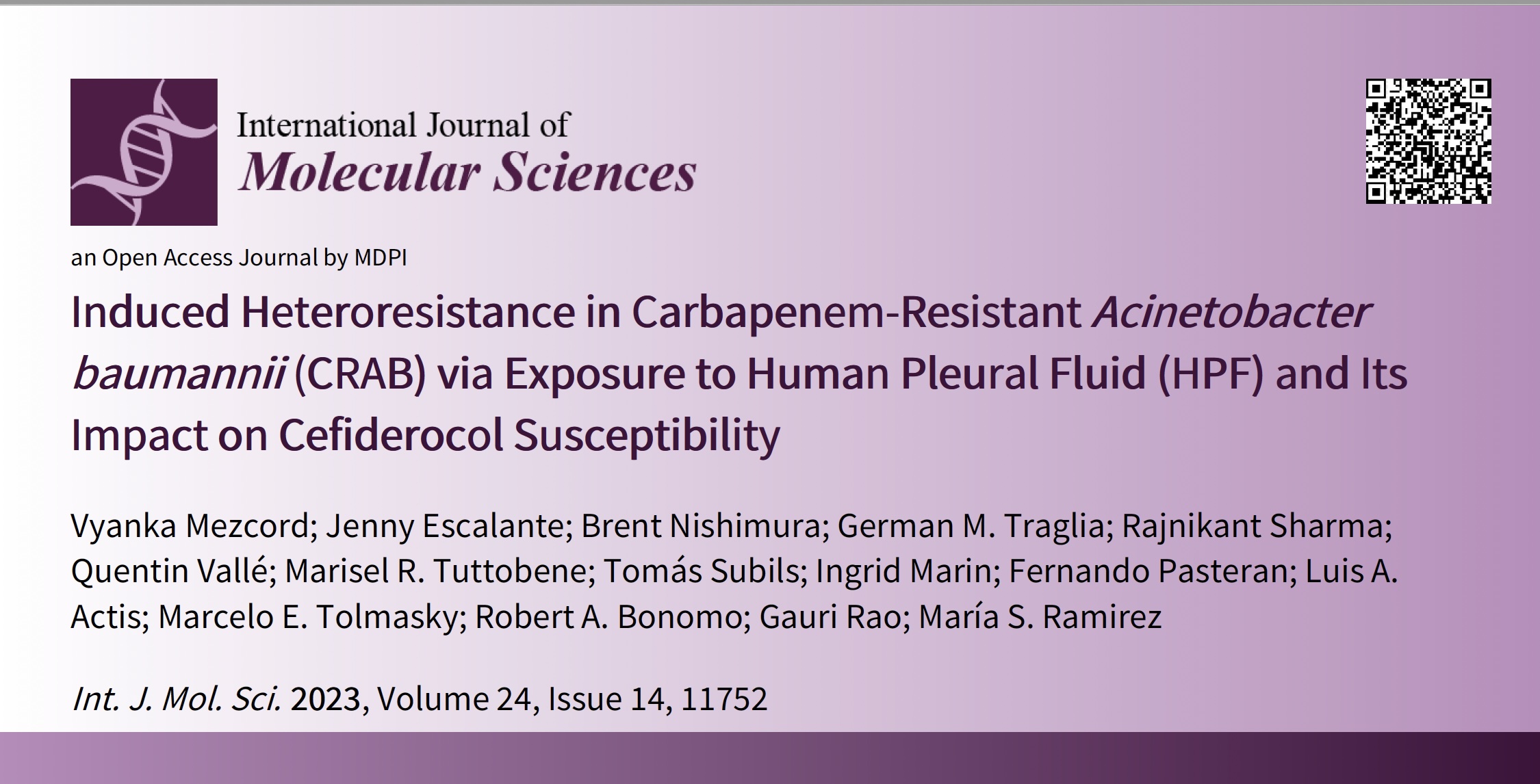
Induced Heteroresistance in carbapenem-resistant acinetobacter baumanni (crab) via exposure to human pleural fluid (HPF) and its impact on cefiderocol susceptibility
Vyanka Mezcord; Jenny Escalante; Brent Nishimura; German M. Traglia; Rajnikant Sharma; Quentin Vallé; Marisel R. Tuttobene; Tomás Subils; Ingrid Marin (URE22); Fernando Pasteran; Luis A. Actis; Marcelo E. Tolmasky; Robert A. Bonomo; Gauri Rao; María S. Ramirez*
International Journal of Molecular Science, 2023, Volume 24, Issue 14, 11752
Computational Investigation of the Formation of Substituted Isoindole N-Oxides through the Photo-oxidative Cyclization of 2′-Alkynylacetophenone Oximes
Thao Tran; Anh Nguyen; Danielle Torres (URE18); My Tien Pham; Andrew S. Petit*
Journal of Organic Chemistry, October 20, 2021
STRUCTURE–PHOTOCHEMICAL FUNCTION RELATIONSHIPS IN THE PHOTOBASICITY OF AROMATIC HETEROCYCLES CONTAINING MULTIPLE RING NITROGEN ATOMS
Sophya F. Alamudun, Kyle Tanovitz, Lanette Espinosa, April Fajardo (URE19), John Galvan, and Andrew S. Petit*
The Journal of Physical Chemistry A, December 29, 2020
Quantifying the non-equilibrium activity of an active colloid
Sarah Eldeen, Ryan Muoio, Paris Blaisdell-Pijuan, Ngoc La (URE17), Mauricio Gomez, Alex Vidal, and Wylie Ahmed*
Soft Matter, April 22, 2020
Structure-photochemical function relationships in nitrogen-containing heterocyclic aromatic photobases derived from quinoline
Sophya F. Alamudun; Kyle Tanovitz; April Fajardo (URE19); Kaitlind Johnson (URE19); Andy Pham; Tina Jamshidi Araghi; Andrew S. Petit*
Journal of Physical Chemistry, March 20, 2020
DESIGN, MICROWAVE‐ASSISTED SYNTHESIS, BIOLOGICAL EVALUATION AND MOLECULAR MODELING STUDIES OF 4‐PHENYLTHIAZOLES AS POTENT FATTY ACID AMIDE HYDROLASE INHIBITORS
Stephanie R. Wilt, Mark Rodriguez, Thanh N. H. Le, Emily V. Baltodano (URE19), Adrian Salas (URE19), Stevan Pecic*
Chemical Biology & Drug Design, February 15, 2020
Nonstatistical Dissociation Dynamics of Nitroaromatic Chromophores
K. Jacob Blackshaw, Belinda I. Ortega, Naa-Kwarley Quartey, Wade E. Fritzeen, Robert T. Korb, Annalise K. Ajmani, Lehman Montgomery, Marcus Marracci, Geronimo Gudino Vanegas (URE18) , John Galvan, Zach Sarvas (URE17), Andrew S. Petit, * and Nathanael M. Kidwell
The Journal of Physical Chemistry A, April 30, 2019
Abstract
Organic carbon in the atmosphere is emitted from biogenic and anthropogenic sources and plays a key role in atmospheric chemistry, air quality, and climate. Recent studies have identified several of the major nitroaromatic chromophores embedded in organic “brown carbon” (BrC) aerosols. Indeed, nitroaromatic chromophores are responsible for the enhanced solar absorption of BrC aerosols, extending into the near UV (300−400 nm) and visible regions. Furthermore, BrC chromophores serve as temporary reservoirs of important oxidizing intermediates including hydroxyl (OH) and nitric oxide (NO) radicals that are released upon electronic excitation. The present work represents the first study of the 355 nm photolysis of known BrC chromophores ortho-nitrophenol and 2-nitroresorcinol, as well as the prototypical nitroaromatic, nitrobenzene. Experiments are carried out in a pulsed supersonic jet expansion with velocity map imaging of NO X2Π (ν′′ = 0, J′′) fragments to report on the photodissociation dynamics. The total kinetic energy release (TKER) distributions and the NO X2Π (ν′′ = 0, J′′) product state distributions deviate significantly from Prior simulations, indicating that energy is partitioned nonstatistically following dissociation. Experiments are conducted in tandem with complementary calculations using multireference Møller−Plesset second-order perturbation theory (MRMPT2) for stationary points obtained by using multiconfiguration self-consistent field (MCSCF) with an aug-cc-pVDZ basis on the ground and lowest energy triplet electronic states. Furthermore, insights into the partitioning of energy upon photodissociation are achieved by using relaxed scans at the MCSCF/aug-cc-pVDZ level of theory. As a whole, the results suggest that upon excitation to S1, all three nitroaromatics share a common overall mechanism for NO production involving isomerization of the nitro group, nonradiative relaxation to S0, and dissociation to form rotationally hot NO.
DOS attack mitigation strategies on sdn controller
Yun Tian*, Vincent Tran (URE17), Mutalifu Kuerban
IEEE Annual Computing and Communications Workshop and Conference (CCWC), March 14, 2019
Abstract
SCCUR 2025 Poster Presentation
SACNAS 2019 Poster Presentations
Published URE participants
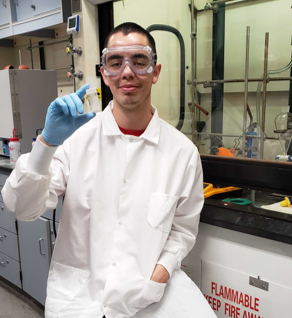
Adrian Salas
URE19 Participant
Cypress College
PI: Dr. Stevan Pecic
Chemistry & Biochemistry

April Fajardo
URE 19 Participant
Santa Ana College
PI: Dr. Andrew Petit
Chemistry & Biochemistry
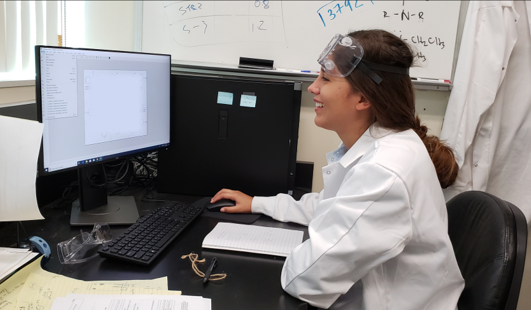
emily Baltodano
URE19 Participant
Santiago Canyon College
PI: Dr. Stevan Pecic
Chemistry & Biochemistry
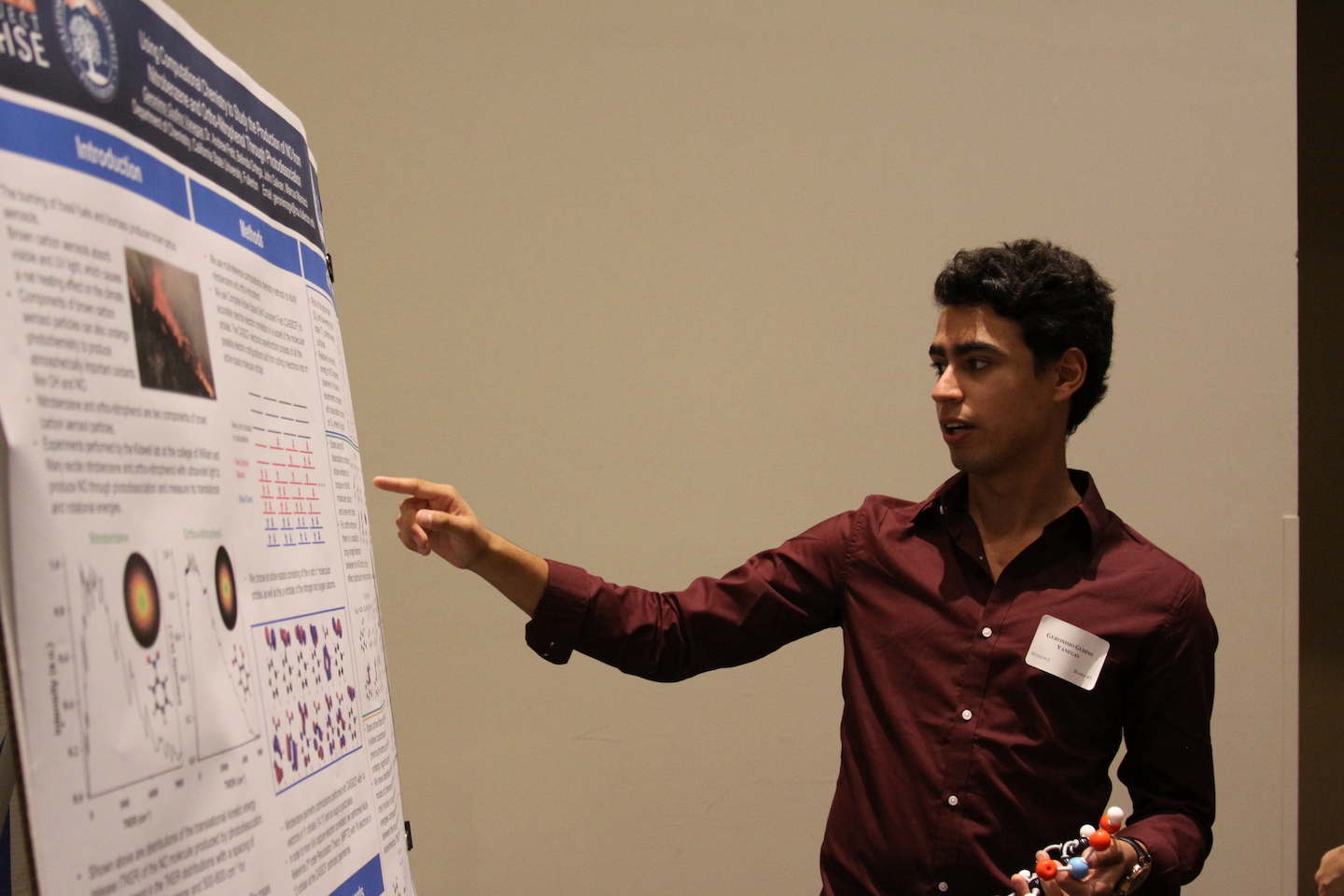
Geronimo Gudino Vanegas
URE 18 Participant
Fullerton College
PI: Dr. Andrew Petit
Chemistry & Biochemistry
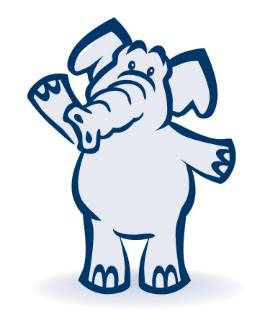
Ngoc La
URE 17 Participant
Golden West College
PI: Dr. Wylie Ahmed
Physics

Vincent Tran
URE17 Participant
Orange Coast College
PI: Dr. Yun Tian
Computer Science

Zachary Sarvas
URE17 Participant
Santiago Canyon College
PI: Dr. Andrew Petit
Chemistry & Biochemistry
